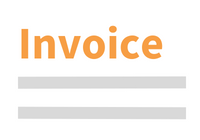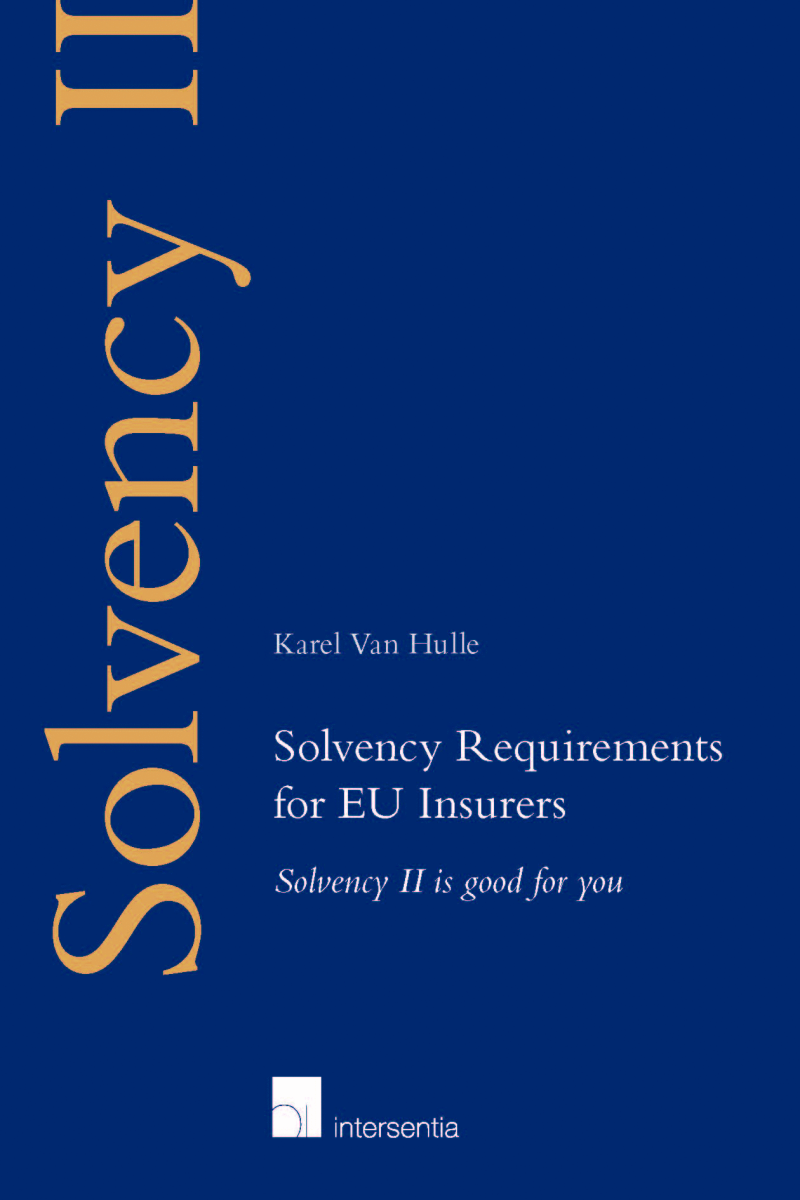 maestro
mastercard
visa
maestro
mastercard
visa

Solvency Requirements for EU Insurers
Solvency II is good for you

With a foreword by Gabriel Bernardino, Chairman of EIOPA
Solvency II (Directive 2009/138/EC ) regulates the solvency requirements for EU insurers and reinsurers. It aims to reduce the risk that an insurer would be unable to meet claims, to provide early warning to supervisors so that they can intervene promptly if capital falls below the required level, and to promote confidence in the financial stability of the insurance sector. Solvency II not only sets out the capital requirements to guarantee policyholder protection, but also includes measures to stimulate risk management and good governance and to improve transparency.
This book provides a thorough and well-structured overview of the regulatory regime and how it will affect insurers, re-insurers and other market participants, including policyholders. The author, who was closely involved in the making of Solvency II, offers all the necessary insights and explanations to better understand the new solvency regime. While Solvency I only sets basic solvency standards, Solvency II is more sophisticated introducing a risk based solvency capital regime and modernising EU insurance regulation thus putting much emphasis on high quality prudential supervision. This improves the protection of policyholders, creates an incentive for good risk management, recognizes the economic reality of a group, establishes market transparency and provides for a modern risk based supervisory regime, in short, as the book’s subtitle already suggests, Solvency II is good for you.
Solvency Requirements for EU Insurers provides a unique insight into the complex world of insurance and will be useful to risk managers, actuaries, accountants, lawyers, board members of (re) insurance companies, insurance intermediaries, consultants, regulators, supervisors, academics, students and, more generally, all those involved with or interested in insurance and in the operation of the insurance market.
In his function as Head of Insurance and Pensions at the European Commission (until March 2013) Professor Karel Van Hulle played an essential role in the development of the new risk based solvency capital regime for (re) insurers that lead to the Solvency II Directive. In that capacity he also represented the EC within EIOPA and was a member of the Technical Committee of the IAIS. Today Professor Van Hulle lectures at the Economics and Business Faculty of the KU Leuven (Belgium) and at the Economics Faculty of the Goethe University in Frankfurt (Germany), where he is also Executive Director of the International Centre for Insurance Regulation. He is academic member of the Insurance and Reinsurance Stakeholder Group of EIOPA, member of the Public Interest Oversight Board (since March 2014) and of the Board of the Bermuda Monetary Authority (since January 2016).
Digital version available on :
- Strada lex Belgium
- Strada lex Europa
You have a subscription? Activate the digital version for free with the code in the book.
| Type of product | Book |
|---|---|
| Format | Paperback |
| EAN / ISSN | 9781780681771 / 9781780688855 |
| Weight | 1190 g |
| Status | Available |
| Number of pages | xxxii + 730 p. |
| Access to exercice | No |
| Publisher | Intersentia |
| Language | English |
| Publication Date | Jun 19, 2019 |
| Available on Strada Belgique | Yes |
| Available on Strada Europe | Yes |
| Available on Strada Luxembourg | No |
Downloads
- Table of contents and preliminary pages
- Part I. EU Insurance Regulation and the Birth of Solvency II
- Chapter 1. Introduction
Karel Van Hulle - Chapter 2. Insurance Solvency
Karel Van Hulle - Chapter 3. Development and Adoption of Solvency II
Karel Van Hulle - Part II. Solvency II: Regulatory Framework
- Chapter 4. Scope of Application
Karel Van Hulle - Chapter 5. Proportionality
Karel Van Hulle - Chapter 6. Pillar 1: Quantitative Requirements
Karel Van Hulle - Chapter 7. Pillar 2: Qualitative Requirements
Karel Van Hulle - Chapter 8. Pillar 3: Public Disclosure and Supervisory Reporting
Karel Van Hulle - Chapter 9. Group Supervision
Karel Van Hulle - Chapter 10. Equivalence
Karel Van Hulle - Chapter 11. EIOPA
Karel Van Hulle - Chapter 12. Conclusion
Karel Van Hulle